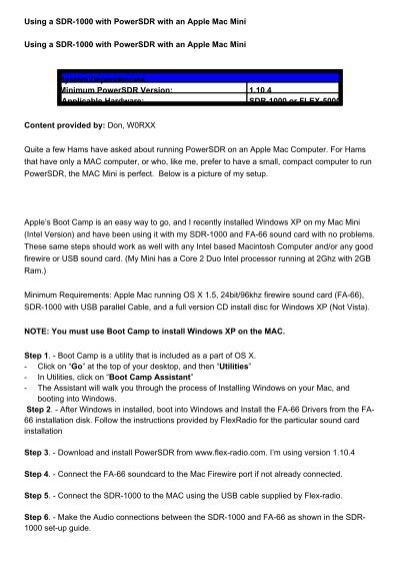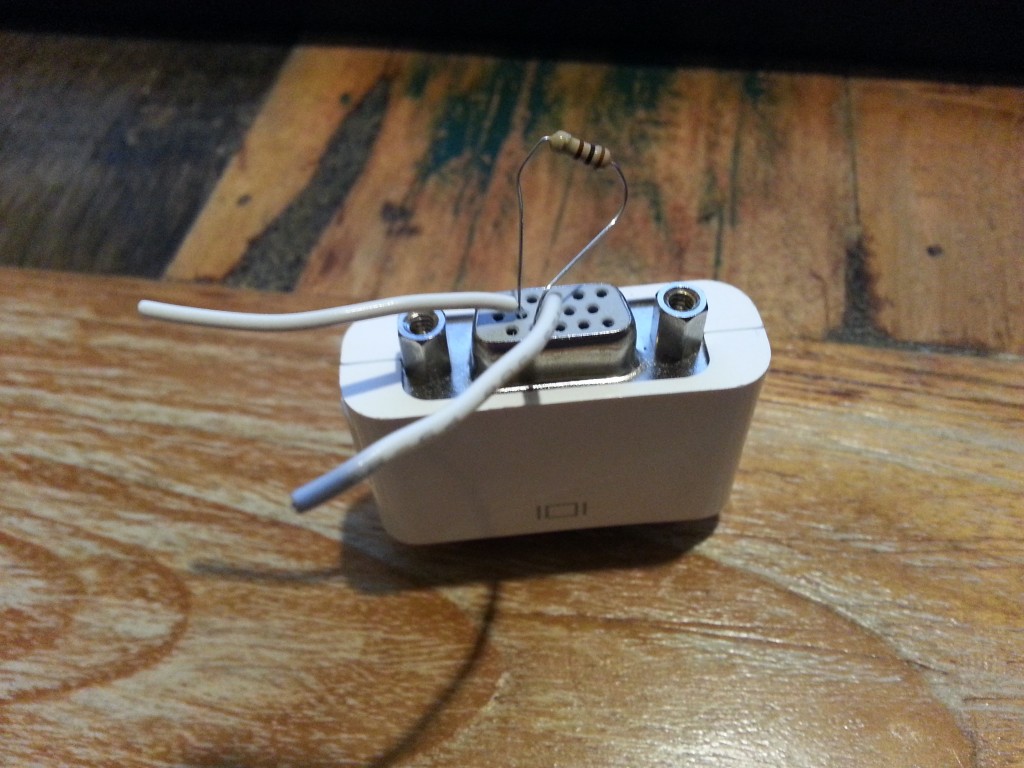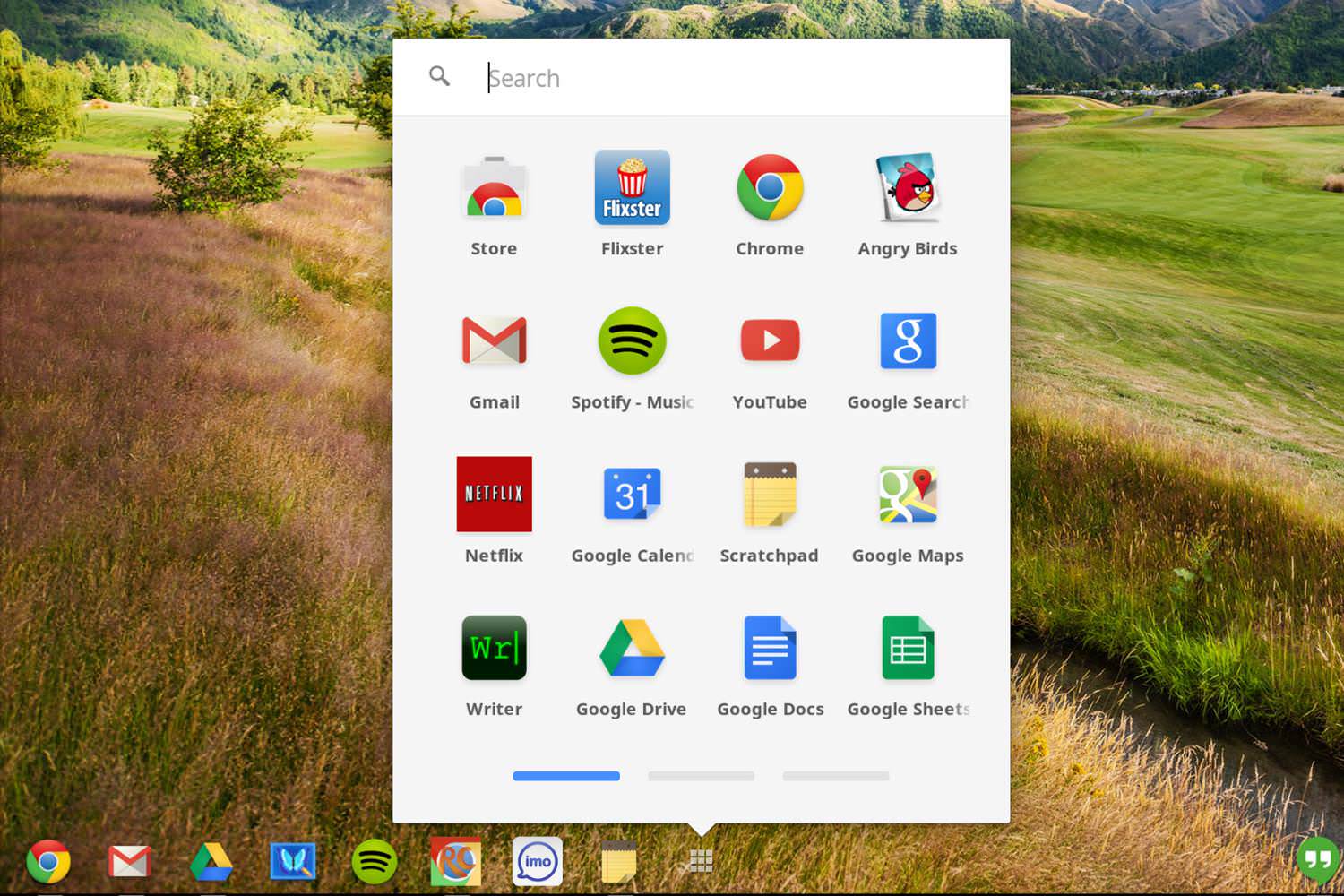Creating a MemTest86 bootable USB Flash drive in Linux/Mac

To create your own Mac OS X recovery USB drive, all you need is a 1GB or larger USB drive. If you have a USB drive larger than 1 GB, you can create a 1.5 GB or 2 GB partition for the recovery drive because the creation process will erase the whole USB drive and use all of the available space no matter how large it is and the drive will become. Ready to give your old, cranky desktop the boot? Amazon is making it possible for you to get your mitts on an Apple Mac Mini — its No. 1 best-selling mini-computer — for less. How to boot a M1 Mac Mini 2020 into DFU mode to restore macOS – Image: Apple Inc. Disconnect the power cord from the Mac Mini. Plug USB-C/Thunderbolt cable into the USB-C port next to the ethernet port. Plug the other end into the Host Mac. While holding down the power button, connect the Mac Mini to power and continue to hold the. Testing conducted by Apple in October 2020 using pre-production Mac mini systems with Apple M1 chip, and production 3.6GHz quad-core Intel Core i3–based Mac mini systems with Intel UHD Graphics 630, all configured with 16GB of RAM and 2TB SSD. Tested with Shadow of the Tomb Raider 1.0.1 using the built-in benchmark, at 1920x1080 resolution.


Mac Mini G4 Boot From Usb

Boot From Usb Mac Mini 2012
- Download the current Memtest86 package as a Zip file from this page.
- Unzip the file. Inside the Zip there is a 'disk image' file. For the free edition of MemTest86, this file is called, memtest86-usb.img
- Insert a USB flash drive into a USB slot. It needs to be at least 512MB in size.
Warning: The contents will be overwritten in the next steps. - Determine which device the USB drive is assigned as by opening the Terminal and typing the following command. Don't get this wrong as you don't want to overwrite the wrong drive.
diskutil list
- Unmount all volumes on the USB drive by typing the following command:
diskutil unmountDisk <device_name>
In the example above the device name is /dev/disk2 - As the root user, use the 'dd' command to write the image to the USB drive. For example,
sudo dd if=<input_file> of=<device_name> bs=4m
Note: For Ubuntu, the bs=4M must be capitalised.
where:
<device_name> is the device the USB key is assigned to. Use the base device (ie. /dev/disk2) not a partition designation (ie. /dev/disk2s1). bs= block size of data transfer. Larger block sizes are faster.
<input_file> is the file path for the input image file. (E.g: ~/Downloads/memtest86-usb.img)
Warning: all data on the USB key will be lost.
3rd warning! Make sure that the device used in the dd command above is correct. The consequence of picking the wrong drive are potentially disastrous. Total and compete data loss from your hard drive, if you overwrite the wrong drive. - When finished, Reboot your On a Mac, you need to hold down the ALT / Option key on the Mac keyboard while powering on the machine to boot from USB.
On newer Macs from 2019(*) with the Apple T2 Security Chip, you may need to change the SecureBoot settings for MemTest86 to boot. Please see the following page for instructions: https://support.apple.com/en-us/HT208330
(*) These Mac computers have the Apple T2 Security Chip:- iMac introduced in 2020
- iMac Pro
- Mac Pro introduced in 2019
- Mac Mini introduced in 2018
- MacBook Air introduced in 2018 or later
- MacBook Pro introduced in 2018 or later
Allow booting from external drives and allow booting from non-apple software:
